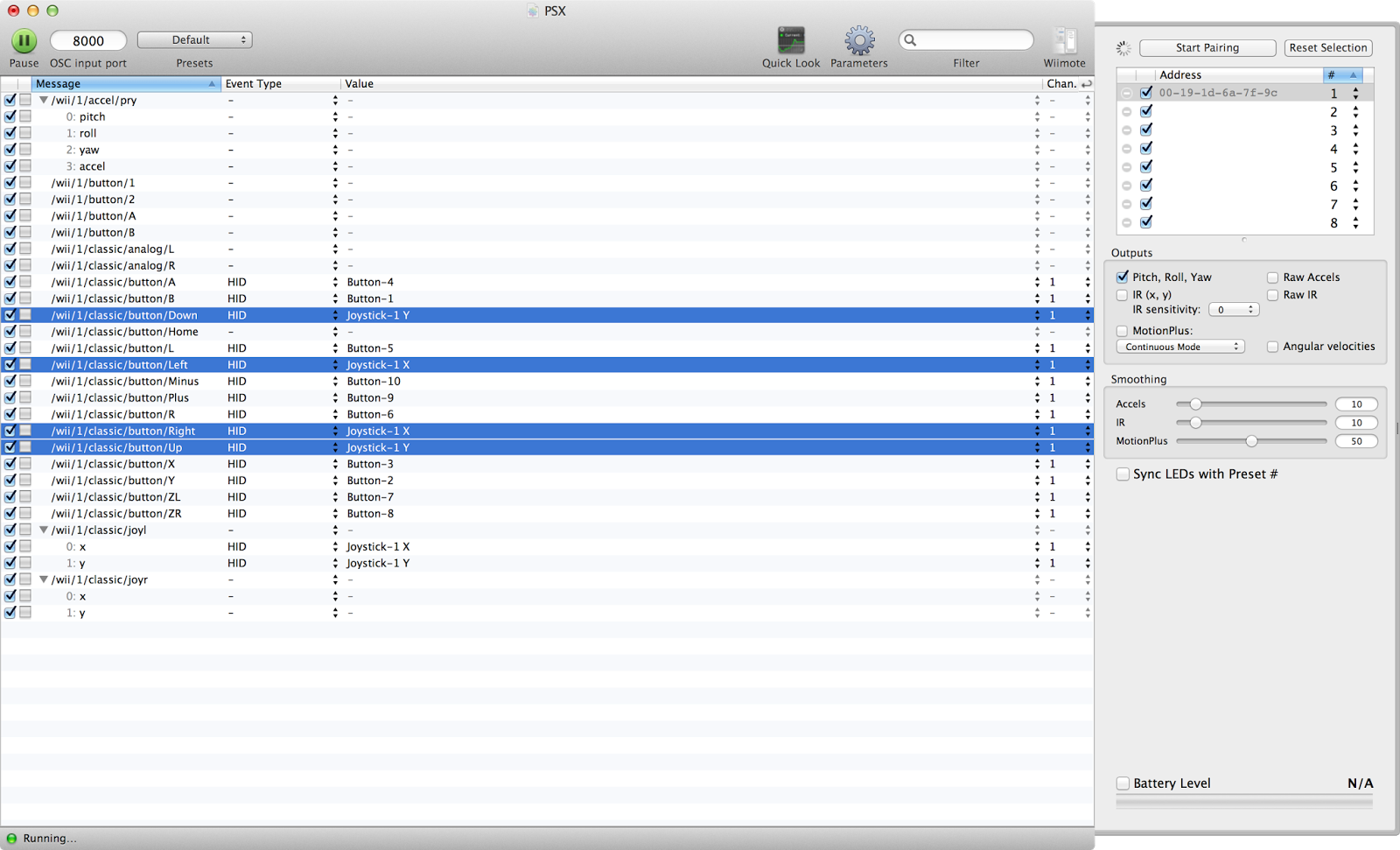

It communicates wirelessly with software and hardware which can receive and send the OSC protocol. TouchOSC provides an array of control screens consisting of faders, rotary controls, buttons, toggles, XY pads, multi-faders/toggles and LEDs in various configurations. One stood out for me, though, and TouchOSC has officially become part of my home studio setup. I've played with the lineup of controllers such as OSCemote and Mrmr (iTunes link), and both of those are a lot of fun with a good amount of potential. It was a few weeks before I discovered the available OpenSound Control ( OSC) apps in the App Store. Problematically, I'm a fan of Logic Pro, and these intriguing but mostly Logic-incompatible controllers weren't up to snuff for my personal needs. When the various iTouchMidi controllers were released, I got pretty excited. I've been playing around with the various musical remote controllers available for a while now. While I find many of the instruments to be novelties, the iPhone-based remote controls available for various Digital Audio Workstations have really caught my attention. Those posts have been useful to me and some of them have their own preferred clicker.The App Store is somewhat deluged with music-related applications. Some more experienced speakers have posted some of their tips about speaking at (and attending) conferences recently. Tight grip and wrist strap - perhaps essential given Jake's "propeller hands" style Other thoughts and tips on speaking But that's because he's a big girl's blouse. My friend, Jake Archibald prefers strapping in before giving a talk. That's because I live on the edge and am confident that I can grip onto the wiimote throughout a talk without accidentally throwing it into the fourth row. I finally took the plunge and removed the wrist strap.

Very handy, but I tend to only need that when I'm plugging in and am at the keyboard already. That little gem of a shortcut switches your presenter screen and the display screen. I considered mapping a button to the x key. These are use useful to me, and perhaps to you: I'm clumsy enough already without the risk of rebooting my laptop or tweeting my browser history to the audience via a misplaced thumb.

I try to have as few buttons active on my controller as possible. Just load open the file in Osculator, pair your wiimote and you are ready to play. If you're interested, you can get my key mappings to try by downloading my config. You can save your key mappings and configuration for use in future. There are others available, some of them free, but this worked best for me.
USE OSCULATOR WITH WII CONTROLLER TRIAL
It costs $29 but has a free trial which you can experiment with. I use a bit of software called Osculator to pair the remote to my laptop and map whatever buttons I want to the correct keyboard commands. I owned one already and wasn't sure how often I'd need to do this when I started. Mapping those commands to a button on your remote can save you some nervous keyboard fumbling. Keynote has lots of useful keyboard shortcuts to help you during a presentation and you are guaranteed to forget those commands when you need them on stage. I've even seen presenters pointing their clickers at the giant projector screen behind them in an attempt to advance a slide. I started using the provided Apple IR Remote, which does fine, but if you need to ensure line of sight to your laptop, it means you think about that every time you change slides. I started using a Wiimote for three main reasons:

This is a quick post to explain why and how. Was that a Wiimote controller you were using to control your slides? No matter what the subject matter of the talk, there is one question I always seem to get asked afterwards: Over the last couple of years I've given a number of presentations.


 0 kommentar(er)
0 kommentar(er)
